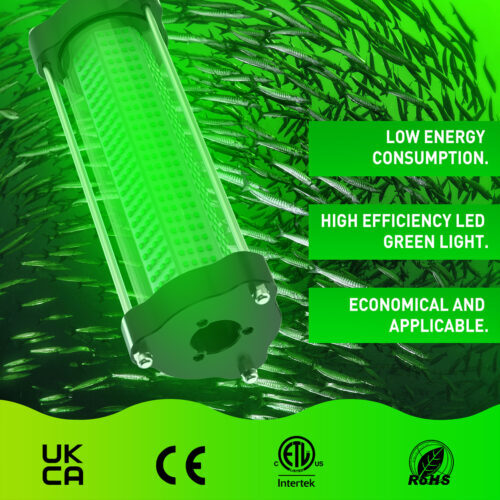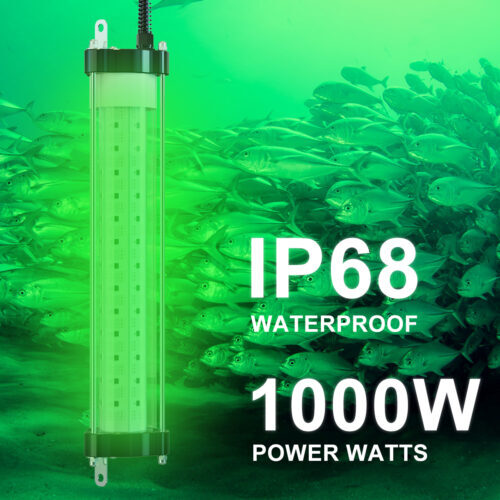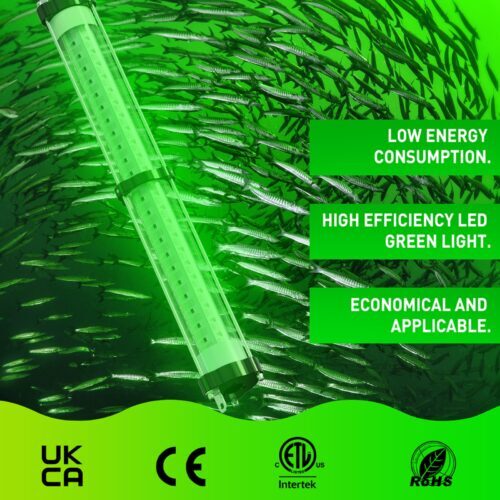Fishing lights are popular for their constant attraction to fish level. The first lights used by fishermen at night are usually wave fishing lights, and today’s more modern lights are deep dive fishing lights.
These lighting methods have their own advantages and disadvantages for night fishing, and we will discuss this matter in more detail. Finally, we hope that we can bring you sufficient data to choose the types of fishing lights that are more suitable for your market needs.
Wave led Fishing Lights
The wave fishing light originated in the days of a closed, strong light with a polystyrene sheet plastic ring attached to it, face down. Most of these fishing lights are ad hoc attempts to make use of what the fisherman has on hand at night.
The lights typically operate from 12V DC batteries and emit enough light to bring the bait fish to the surface. It works, but its high efficiency is not as technical as lighting fixtures in the aquaculture industry today.
Floating modern fishing lights
The alternative version of the wave fishing light is no longer a closed, strong light, but a sealed LED light with a foam ring. Compared with the old closed car headlights, LEDs are brighter, more effective and last longer.
Common main uses:
fishing from a boat
You don’t have to fish for a long time in one place while traveling.
Great when the sky is clear, but troublesome when exposed to the sea.
Most fishermen have replaced this light with an offshore bow fishing light or a carapi fishing light
Floating fishing lights can be used on boats, but furthermore, they’re not a very viable lighting option. If you’re constantly moving from place to place on your boat, then there’s a good chance that swing fishing lights are well worth considering. The biggest reason why float lights have lost their popularity in the fishing world is that they only work in really quiet situations. They are more likely to be stolen if they are used as harbour fishing bulbs and placed on the Grand Canal in front of your house. A more common phrase is “out of sight, out of sight”. This has led many people to explore deep dive fishing lights.
Deep dive fishing lights
The ability to spread light in water is more efficient if there is no damage to lighting fixtures due to constant fitness movement caused by river reflections or wave patterns. This is also the two core reasons for the continuous development of deep diving fishing lights.
Similar to wave fishing lights, deep dive fishing lights can operate from most typical 12V DC batteries, and some can operate from 110V AC power plugs. The main disadvantage of deep dive fishing lights is that they are very prone to growing barnacles, which may cause some fishing lights to be ineffective too early. For additional information on how to choose a diving light that can withstand these problems, I support you reading this article on water fishing lights.
Brand new and better diving fishing lights
In contrast to wave fishing lights, today’s deep dive fishing lights can outperform their wave counterparts in electrical engineering and shine. This is because he needs longer lasting lighting effects. Thus, it is more advantageous to focus on light output and durability than to be lightweight and buoyant.



